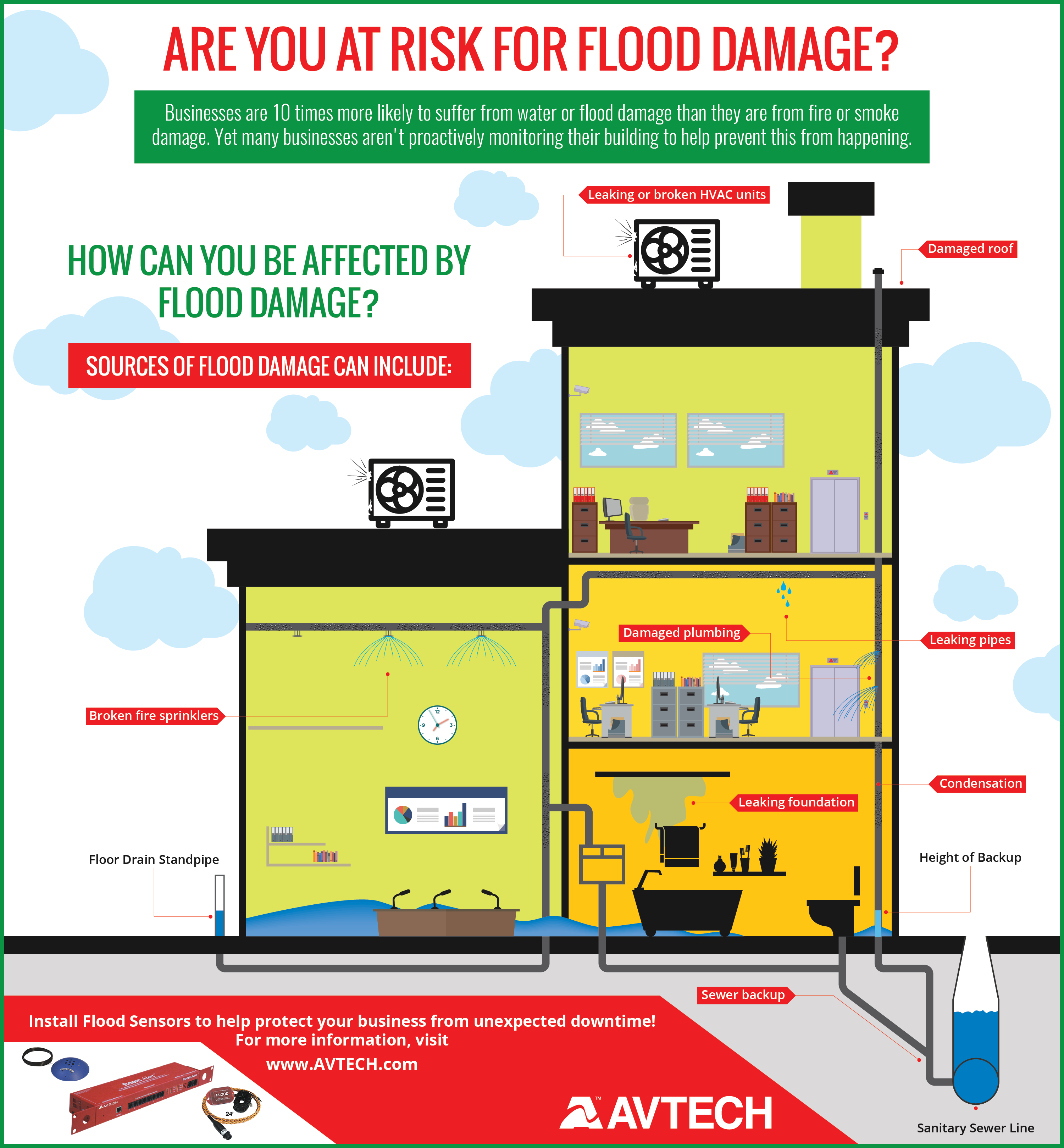Usual Challenges In Roof Covering Installation And Ways To Sidestep Them
Usual Challenges In Roof Covering Installation And Ways To Sidestep Them
Blog Article
Uploaded By-Lee Randrup
When you're intending a roof covering setup, it's very easy to forget vital details that can result in considerable issues down the line. You might be tempted to cut edges on material option or miss correct blinking installation, yet these typical blunders can lead to expensive fixings later. Understanding the relevance of ventilation and adhering to local building ordinance is important for a successful task. So, what are the crucial steps you should require to guarantee your roofing system stands the test of time? Allow's discover some effective strategies to avoid these challenges.
Poor Product Option
When it involves roofing setup, picking the incorrect materials can cause costly troubles down the line. You could think that any type of roof covering material will certainly do, yet that's an usual misunderstanding. It's essential to choose materials that suit your neighborhood climate and the certain demands of your home.
For instance, if you stay in a location with hefty rainfall or snow, going with asphalt tiles might not be the best choice. Instead, consider even more resilient choices like steel or slate.
Furthermore, take notice of the quality of the products you're thinking about. Low-cost materials could save you money upfront, but they frequently lack durability and can result in constant repairs or replacements.
You need to also think about the design of your home and make certain the products you select will maintain its visual appeal.
Lastly, do not fail to remember to seek advice from professionals. They can supply useful understandings and suggest materials that comply with neighborhood building codes.
Investing time in proper product choice currently can assist you avoid frustrations and costs in the future, making your roof covering task a success.
Inadequate Flashing Setup
Choosing the best materials isn't the only factor that can cause roof troubles; inadequate flashing installment can also develop considerable problems. Flashing is critical for directing water away from at risk areas, such as chimneys, skylights, and roofing system valleys. If it's not installed appropriately, you risk water intrusion, which can cause mold development and structural damages.
When you install blinking, ensure it's the best kind for your roof's layout and the local environment. For example, steel flashing is typically much more resilient than plastic in locations with heavy rain or snow. Ensure the flashing overlaps appropriately and is safeguarded firmly to prevent gaps where water can seep with.
You should likewise pay attention to the installment angle. Flashing should be placed to guide water far from your house, not towards it.
If you're unsure about the installation procedure or the materials needed, consult an expert. https://legacy-roofing16272.bloggosite.com/40083270/the-crucial-need-for-regular-roof-upkeep-to-prevent-costly-fixing-costs can assist identify the very best flashing options and guarantee whatever is installed properly, guarding your home from possible water damage.
Taking these steps can conserve you time, cash, and headaches down the road.
Neglecting Ventilation Requirements
While numerous house owners concentrate on the aesthetic and architectural elements of roofing installation, neglecting ventilation requirements can cause major lasting effects. Appropriate ventilation is important for controling temperature and wetness degrees in your attic room, protecting against concerns like mold growth, timber rot, and ice dams. If why not check here don't install adequate air flow, you're establishing your roof up for failing.
To avoid this blunder, first, analyze your home's details ventilation demands. A well balanced system generally consists of both consumption and exhaust vents to advertise airflow. Ensure you have actually mounted soffit vents along the eaves and ridge vents at the height of your roof. This mix permits hot air to get away while cooler air gets in, maintaining your attic area comfy.
Additionally, think about the sort of roof product you've picked. Some materials might need added air flow strategies. Ascertain your regional building regulations for air flow standards, as they can vary substantially.
Ultimately, do not fail to remember to examine your air flow system consistently. Obstructions from debris or insulation can impede air movement, so keep those vents clear.
Final thought
To conclude, preventing usual roof covering setup blunders is crucial to ensuring your roof covering's longevity and performance. By picking the ideal products for your climate, setting up flashing properly, and attending to ventilation requirements, you can protect against expensive problems down the road. Don't forget to acquaint on your own with local building regulations and routine regular inspections. With these steps, you'll enjoy a secure, resilient roofing system that protects your home for years ahead. Delighted roof!
